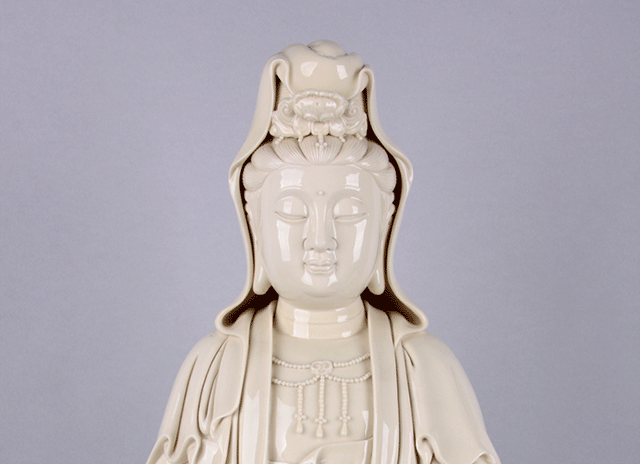
(Mostly) Monochromatic Glazes
Pottery is "glazed" by giving it a thin coating that, when fired, becomes smooth and shiny. Chinese potters developed the world's first glazeware during the Shang dynasty (ca. 1600–1046 B.C.). The Shang potters were also the first to create stoneware, pottery fired at high temperatures to create a harder, waterproof vessel.
At first, glazing was a minor technique. Most vessels continued older decorative techniques (such as those featured in the previous section). Eventually, however, glazewares became the standard Chinese decorated form. Also, through time the technique of glazing spread to other parts of the Old World.
As the Chinese potters developed glazing, they were also the first to move beyond stoneware. Porcelain, which appeared 18 centuries ago, was made from kaolin (a special type of clay) and is white-bodied and hard. Thin pieces are translucent. When people speak of "fine china," they are referring to porcelain.
By scrolling down and clicking on a photo, you can explore the amazing variety of Chinese glazed styles. The first photo opens a new page on some of the "simpler" glaze schemes. Below that photo we feature wares that are outstanding even by Chinese standards.
See source code for photo credits and copyright information. Page last revised on January 16, 2016. Please report problems to toh@unm.edu